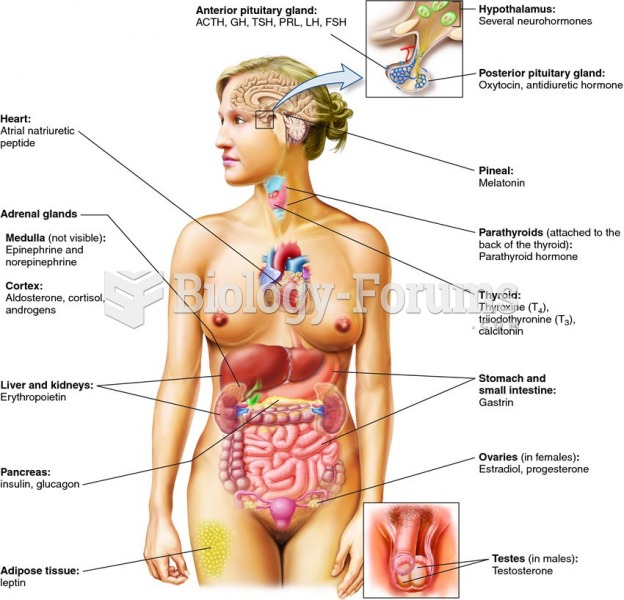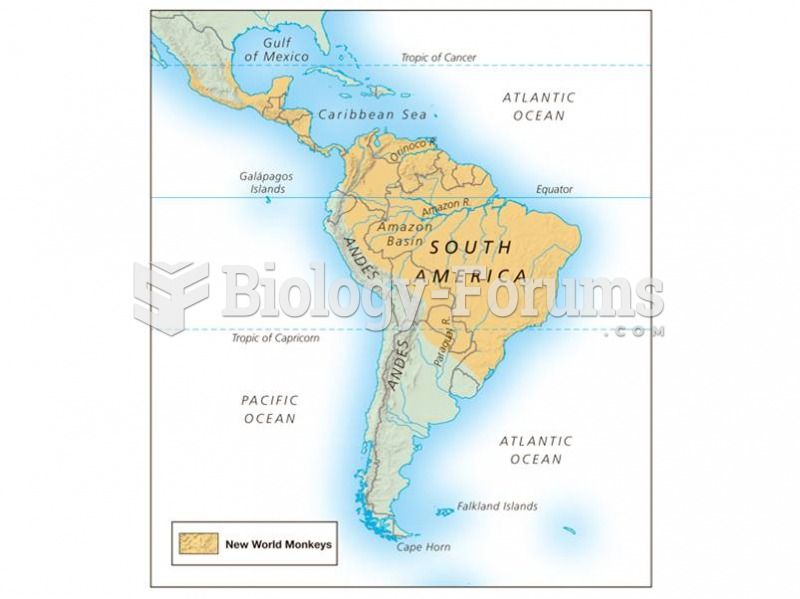|
|
|
Drying your hands with a paper towel will reduce the bacterial count on your hands by 45–60%.
The lipid bilayer is made of phospholipids. They are arranged in a double layer because one of their ends is attracted to water while the other is repelled by water.
The average office desk has 400 times more bacteria on it than a toilet.
Looking at the sun may not only cause headache and distort your vision temporarily, but it can also cause permanent eye damage. Any exposure to sunlight adds to the cumulative effects of ultraviolet (UV) radiation on your eyes. UV exposure has been linked to eye disorders such as macular degeneration, solar retinitis, and corneal dystrophies.
Multiple experimental evidences have confirmed that at the molecular level, cancer is caused by lesions in cellular DNA.







